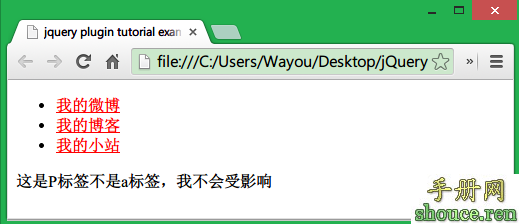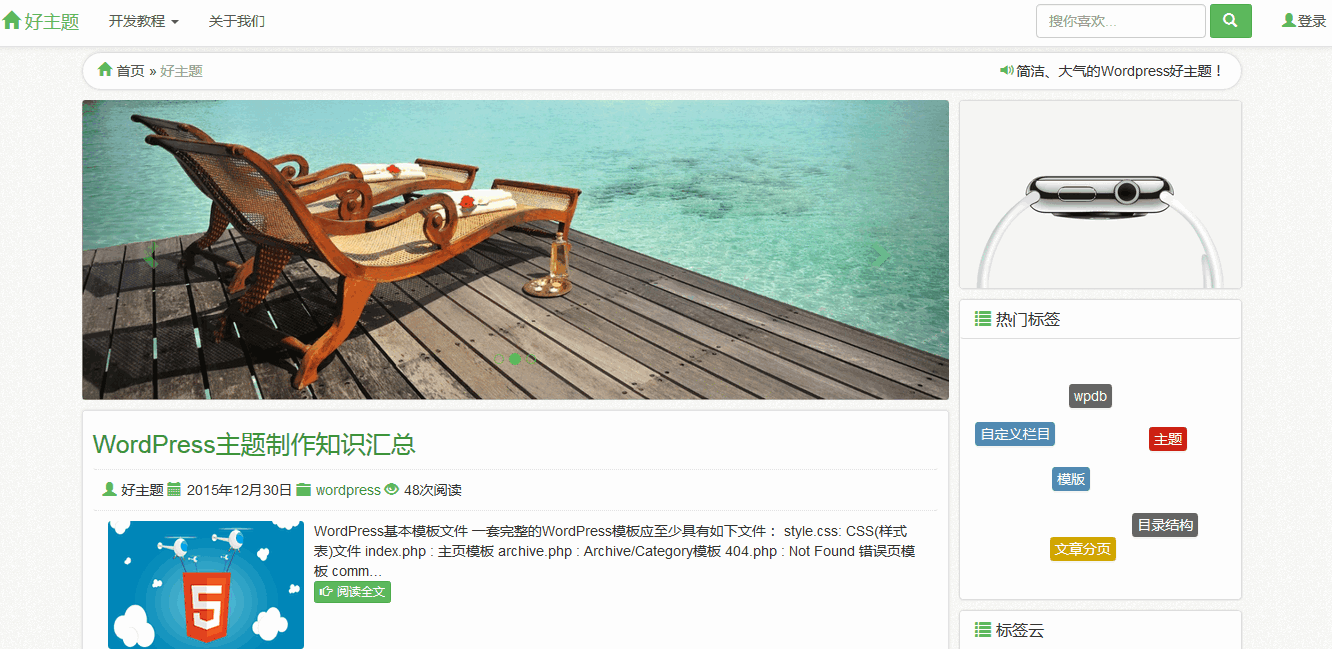CodeSmith 使用教程(12) 使用主从代码模板
jerry CodeSmith 2015年11月25日
收藏
在前面的教程CodeSmith 使用教程(3): 自动生成Yii Framework ActiveRecord 我们使用了主,从模板来实现了从数据库为Yii Framework生成多个表的ActiveRecord类定义,中CodeSmith项目中通过主模板和从模板的配合可以实现复杂的代码生成过程,主模板和从模板的关系有点类似主程序和子函数的关系。使用主-从模板的基本步骤如下:
- 定义从模板,从模板可以定义属性
- 定义主模板,中主模板中如果要使用从模板,首先需要在主模板中注册从模板,主模板中也也可以定义属性,主模板和从模板中的属性可以通过定义“合并”模式构造最终模板所定义的属性集合。
- 调用主模板,设置主模板和从模板所需的属性生成所需代码
注册子模板
- <%@ Register Name="Header" Template="Header.cst"
- MergeProperties="True" ExcludeProperties="IncludeMeta" %>
Name:子模板在主模板中的类型名称,在主要模板中可以通过该类型创建子模板的实例
Template: 子模板文件名
MergeProperties: 是否需要把子模板中定义的属性:“合并”到主模板中。缺省为False
ExcludeProperties: 如果子模板的属性合并到主模板中时需要排除的属性列表,以逗号分隔。
子模板复制主模板中的属性
MergeProperties=?True? 可以把从模板中的属性合并到主模板中,如果从模板需要引用主模板的属性,比如主模板中定义了服务器地址,在多个子模板中都需要引用这个属性,此时可以通过复制父模板属性CopyPropertiesTo来实现:
- // instantiate the sub-template
- Header header = this.Create<Header>();
- // copy all properties with matching name and type to the sub-template instance
- this.CopyPropertiesTo(header);
CopyPropertiesTo方法比较主模板中定义的属性和子模板中定义的属性,如果发现从模板中定义的属性和主模板中定义的属性名称类型相同(匹配)则把主模板中属性值复制到子模板中。
设置子模板属性
在主模板中要创建子模板的实例,可以直接通过Create方法
- // instantiate the sub-template
- Header header = this.Create<Header>();
- // include the meta tag
- header.IncludeMeta = true;
Create
- // instantiate the sub-template.
- Header header = this.Create<Header>();
- // render the sub-template to the current output stream.
- header.Render(this.Response);
第二种方法是把结果输出到单独的文件中:
- // instantiate the sub-template.
- Header header = this.Create<Header>();
- // render the sub-template to a separate file.
- header.RenderToFile("Somefile.txt");
- 没有章节













